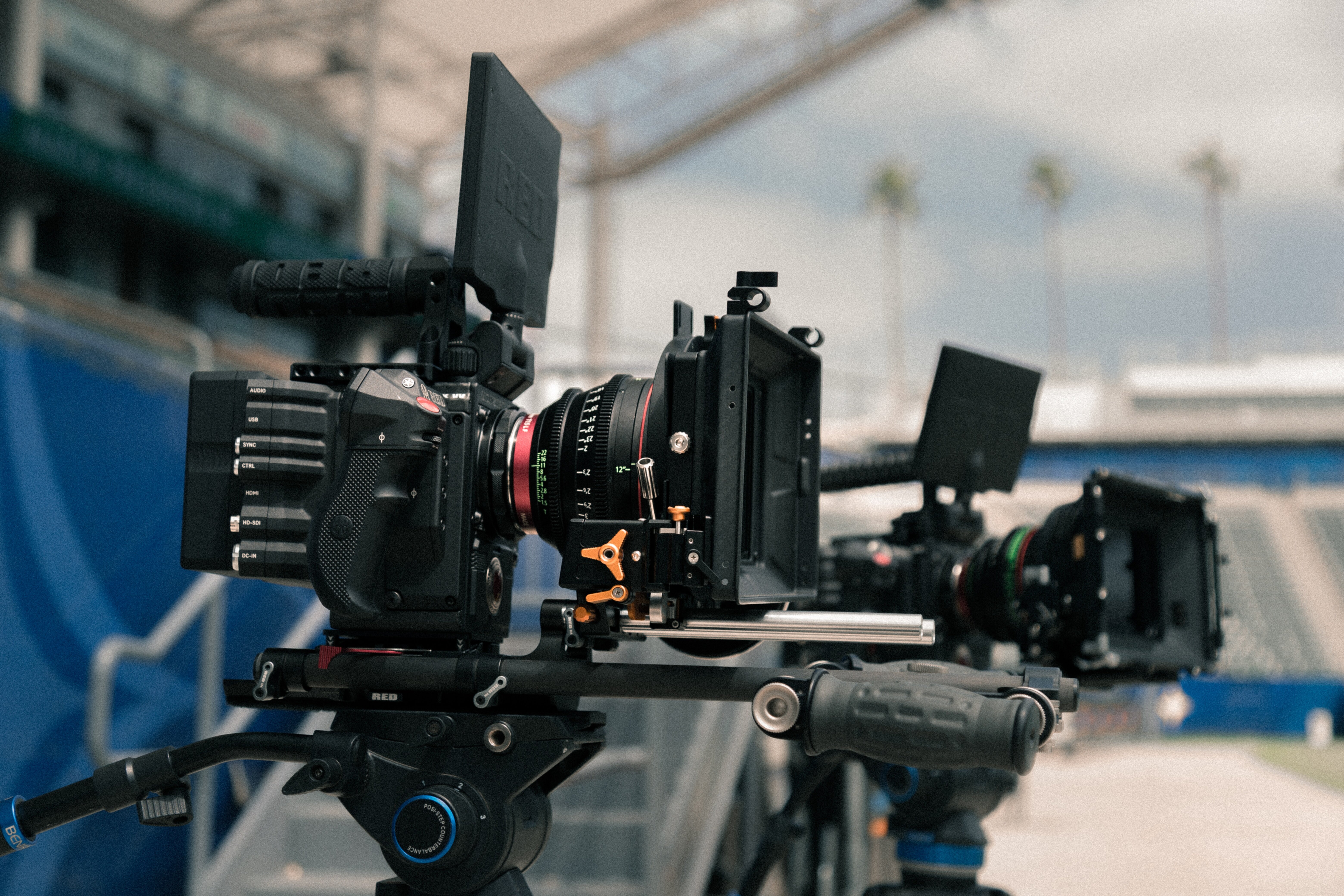Unveiling the French New Wave's Impact

I've been spending a lot of time recently looking at how visual storytelling evolved in the mid-20th century, specifically focusing on the French New Wave. It’s easy to just see the resulting films—the jump cuts, the handheld cameras, the location shooting—as stylistic quirks, but when you actually sit down and analyze the mechanics, it becomes clear this was a fundamental rethinking of cinematic grammar. We talk about technological shifts all the time in media production, but this felt like a philosophical shift executed through accessible technology.
Think about it: before this movement gained traction, filmmaking often required massive studios, elaborate lighting rigs, and actors trained in a very specific, often theatrical, mode of performance. The New Wave directors, many of whom started as critics dissecting those older forms, essentially decided that if you could get your hands on a relatively lightweight 35mm camera and some fast film stock, you could tell a story without needing the entire industrial apparatus behind you. That shift in accessibility is what really interests me from an engineering standpoint; it democratized the visual output in a way that paralleled early personal computing.
Let's pause for a moment and look closely at the editing choices, particularly the jump cut, famously utilized by Godard in *Breathless*. If we analyze the frame rate and the continuity standards of classical Hollywood narrative, the jump cut is an intentional, almost aggressive disruption. It breaks the illusion of seamless time passing, forcing the viewer to acknowledge the constructed nature of the image they are seeing. I’ve run simulations comparing a smoothly edited scene to one employing frequent, jarring cuts, and the cognitive load on the viewer is demonstrably higher in the latter. This wasn't just about saving time during post-production, though that was certainly a practical benefit of shooting quickly on location; it was a deliberate aesthetic choice to insert the filmmaker's presence directly into the narrative flow, often leaving plot points hanging or character motivations slightly obscured. This refusal to smooth over the transitions mirrors a move away from the omniscient narrator toward something much more subjective and immediate, demanding active participation from the audience to fill in the temporal gaps.
Then there is the matter of location shooting and sound recording, which profoundly affected the visual texture of these films. Moving out of the controlled environment of the sound stage meant embracing the ambient noise and the uneven lighting of the Parisian streets or provincial towns. Consider the difference in light falloff between a carefully lit studio portrait and a scene shot under natural daylight, even with fast film. The resulting image has a grain structure and contrast ratio that feels inherently more "real," less polished, which served the New Wave's thematic interest in contemporary, often alienated, characters. Furthermore, the reliance on synchronous sound recorded on location, often battling traffic noise or wind, introduced sonic imperfections that classical cinema actively sought to eliminate. These imperfections, when viewed through a modern lens where clean audio is an expectation, actually contribute to the film's specific visual language, grounding the often abstract philosophical dialogues in a tangible, slightly messy reality.
More Posts from ai-videoupscale.com:
- →Free AI Video Upscaling A Deep Dive into Video2X's Neural Network Capabilities and Performance Metrics
- →Fluttering to the Top: The 10 Best Video Players for Your Flutter App
- → Upscale Your Memories to Crystal Clear 4K
- → Old Home Videos Get a New Lease on Life with AI Upscaling
- → Unlocking the Power of Content in the Battle for Viewership
- → Enhancing Your ScreenFlow Creations with AI Upscaling